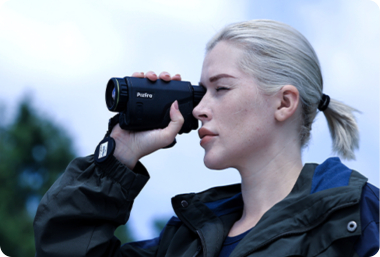Are Thermal Scopes Good for Hunting?
Thermal imaging technology has revolutionized the hunting landscape by fundamentally changing how hunters detect, identify, and track game. Unlike traditional night vision that amplifies available light, thermal imaging detects heat signatures emitted by all objects, creating a distinct visual representation based on temperature differences. This core capability makes thermal scopes uniquely valuable in hunting scenarios where visual identification through conventional optics would be challenging or impossible.It should be noted that different countries have varies of restrictions on thermal imaging technology, make sure to check the related regulations before using it. The technology works by detecting infrared radiation (heat) emitted by animals, which typically stand out prominently against cooler backgrounds regardless of ambient lighting conditions. Modern thermal imaging devices, such as the Pixfra Pegasus Pro Series with its exceptional ≤18mK NETD (Noise Equivalent Temperature Difference), can detect minute temperature variations, allowing hunters to identify game at significant distances even through environmental obstacles like light fog or sparse vegetation. According to research published in the European Journal of Wildlife Research: ”Thermal imaging technology has demonstrated detection efficiency improvements of 65-78% in low-light hunting scenarios compared to traditional optics, with particularly significant advantages in densely vegetated environments.” This fundamental capability addresses one of hunting’s primary challenges: reliably locating game in suboptimal conditions. For hunters pursuing nocturnal species like wild boar or managing predators like foxes, thermal imaging provides detection capabilities that traditional optics simply cannot match, regardless of quality or price point. Enhanced Detection Range and Identification Precision The detection range offered by quality thermal scopes represents a significant advantage for hunters across various environments and hunting scenarios. Premium thermal imaging devices can detect large game animals at distances exceeding 2,000 meters in optimal conditions, though identification range is typically more limited. This extended detection capability allows hunters to spot game long




